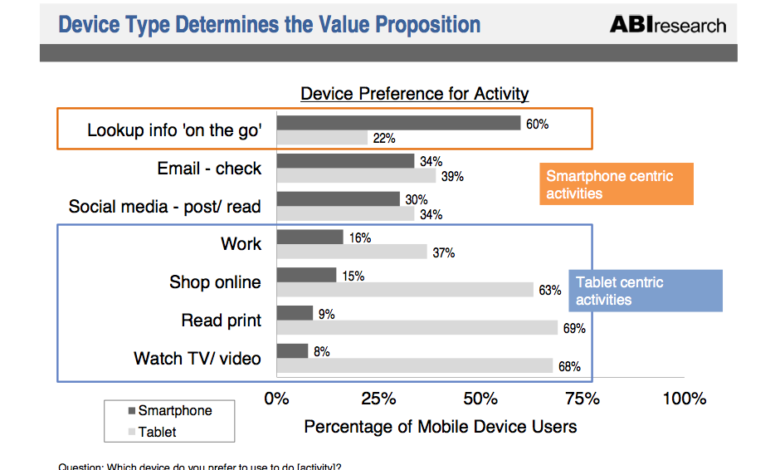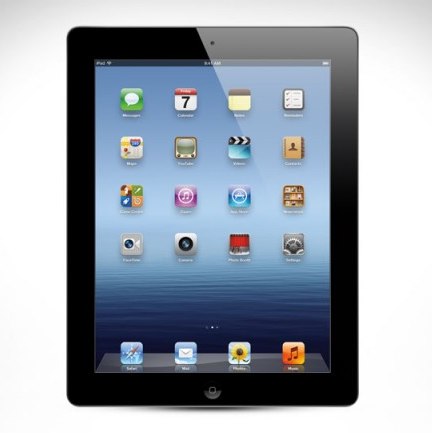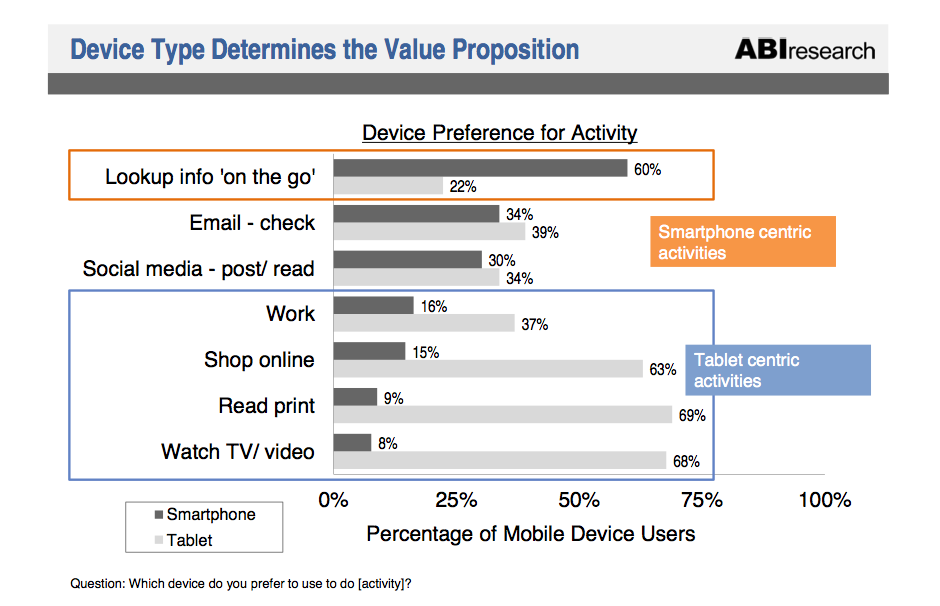IAB Claims Tablet and Smartphones Are Driving Major Returns On Advertisements


Revenues from cellular advertisements are only a smaller portion of the general electronic promotion pie — and an even scaled-down slice of general promotion revenues, but some research out today from the Interactive Promotion Bureau underscore why that may perhaps very well improve in the upcoming: advertisements that look on touchscreen products like tablets and smarphones are exhibiting some of the maximum ranges of engagement of all electronic advertisements.
The report, executed in conjunction with ABI Research, is the outcome of interviews with 552 smartphone house owners and 563 pill consumers and offers a very detailed image of how all those consumers are interacting with advertisements on their products — masking subject areas like what media they are consuming when they are viewing and responding to advertisements, where by they are, what time of working day it is, what advertisements do the job the greatest, and what consumers do following they see the advertisements. At a time when the cellular advertisement industry is nonetheless skinny on detailed and common reporting metrics (even though the IAB is working on that, far too) and scale when compared to on the internet advertisements, the results could verify a beneficial software for all those searching for how greatest to deal with cellular advertisement strategies in the upcoming.
The 70-site report is complete of facts and truly worth a glimpse. We have embedded the report underneath, or you can go immediately here to see it. Below are a couple of the much more attention-grabbing takeaways:
Dimension issues. In between pill and smartphone consumers, the IAB identified that all those on tablets are really much more engaged in promotion. When requested if they have interaction with advertisements much more than after a 7 days — that is, click on on an advertisement for much more information and facts — 47 % of pill consumers responded certainly, when compared to 25 % of smartphone consumers. Pill consumers ended up also much more probably to “take action” on the advertisement (that could indicate purchasing some thing, downloading some thing, filling out a study, or going to one more website): 89 % of pill consumers took motion vs . 80 % of smartphone consumers. Below you can see that both of those figures are pretty superior.
Why the variation? The IAB does not delve into that issue, but it looks that display screen dimensions, and subsequent ambition of the advertisements, will participate in a major part in this article.
The medium is the concept. Also, as we have observed from other pill analysis, people today are much more probably to be applying their tablets to browse and eat leisure media for lengthier intervals of time, when smartphones are about quick bursts of use. These shorter bursts indicate that consumers will be fewer inclined to commit time clicking all over on advertisements than on the pill.
To converse to that issue, what is telling is that amongst smartphone consumers, 47 % of smartphone consumers say they “never” interact with cellular advertisements, when compared to just 23 % on tablets.
And 70 % of respondents in the study stated they seen their smartphones as crucial objects in their life, like keys and wallets. Apparently, which is the exact share of people today who seen their tablets as principally leisure and media hubs.
That does not indicate that smartphones are a useless finish for cellular advertisements — but it does indicate that the variety of promotions you do there have to get into account what variety of viewers you are concentrating on.
“The crucial for entrepreneurs is searching at how shoppers use these products in distinctive techniques, and tailoring brand name messages and procedures appropriately,” Anna Bager, VP/GM of the Cellular Internet marketing Centre of Excellence at the IAB, in a assertion.
Tablets a apparent winner on content material usage, with smartphones only outscoring them for “on the go” content material. The desk underneath looks to point out just how significantly the pill is performing as a substitute for the house laptop or even Television — some thing NPD also pointed out previous thirty day period.

You can see that the pill really scores very superior specially in prolonged-type, lean-again functions like looking at and looking at Television/movie. The figures in all those — 69 % and 68 % respectively — are specially stark when compared to the figures on smartphones. The only classification in reality where by smartphones outscore tablets for usefulness is for on-the-go functions — no shock, given that they are much more transportable and are inclined to have mobile connectivity when most tablets do not.
Context is king. This could be the mantra for the cellular advertisement marketplace, judging by ABI/IAB’s study, which identified some prevalent floor concerning smartphone and pill consumers when it will come to what variety of advertisements do the job the greatest: all those that are “contextual” are considered of as the most attention-grabbing (slide 38).
The prime 3 types for cellular advertisements, as rated by respondents, ended up the exact throughout tablets and smartphones, even though their rankings differed. They ended up discount codes similar to items consumers ended up by now searching ads for goods that ended up by now getting shopped for and preferred brand names (all over again perhaps similar to your searching exercise).
That not only claims some thing about how people today are perhaps much more receptive to advertisements when they are by now in a “buying” condition of thoughts but also underscores other research that has identified what efficient products iPads (and most likely other tablets) are for buying as very well.



